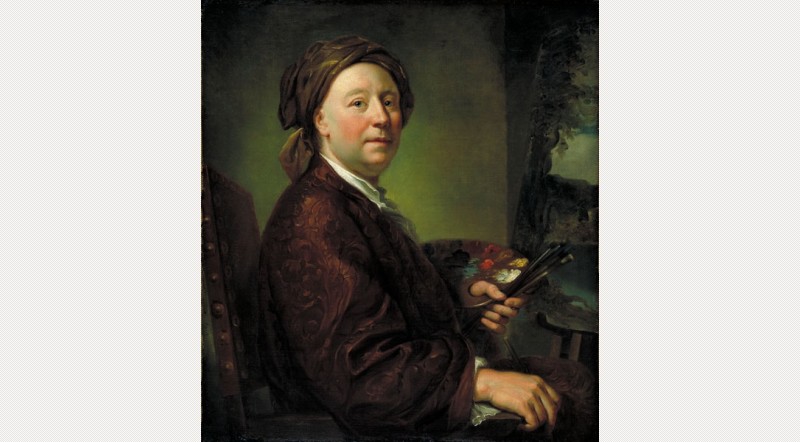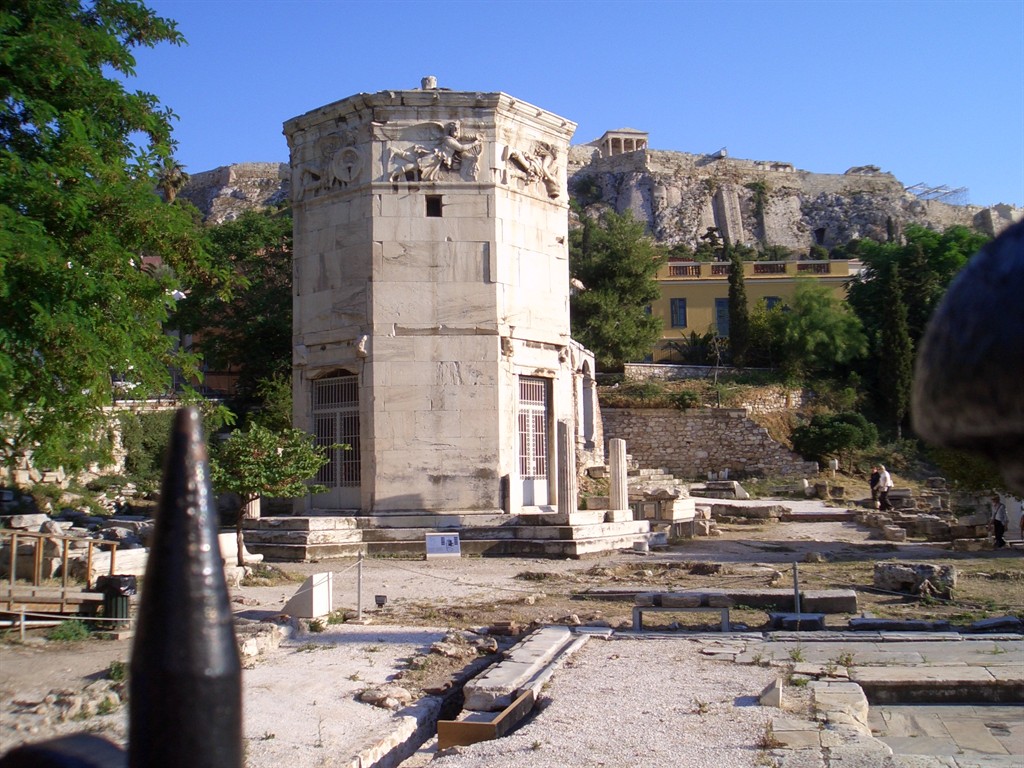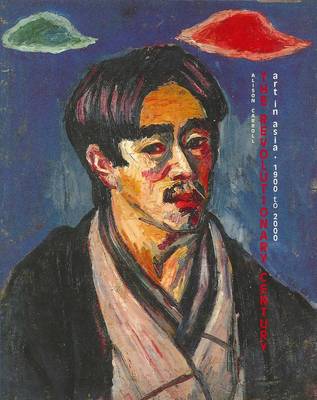Richard Wilson at 300
Dr Paul Spencer-Longhurst
The artist Richard Wilson RA was born 300 years ago on 1 August 1713 or 1714. He grew up to become not only the leading British landscapist of his generation but one of the great artistic pioneers of the Eighteenth Century. Fourteen years older than his more famous contemporary, Thomas Gainsborough (1727-1788), Wilson spent seven years in Italy and became highly popular in his own day – not least because he made of landscape painting something more than the merely topographical or descriptive. In his later years, however, for reasons that remain unclear, his reputation underwent a catastrophic decline, from which it recovered only slowly. Even today, how many of those who profess to admire Gainsborough, Turner and Constable have even heard of Wilson?
To mark the Tercentenary of the artist’s birth the Paul Mellon Centre for Studies in British Art, London, the National Museum of Wales, Cardiff and the Yale Center for British Art, New Haven are mounting an exhibition, Richard Wilson and the European Tradition, opening at New Haven in March 2014. This will study Wilson in a truly European context for the first time and will be the first major exhibition of his work since the mould-breaking show, Richard Wilson: The Landscape of Reaction, curated by David Solkin at the Tate Gallery, Yale Center and National Museum of Wales in 1982-3.
Visiting scholar Paul Spencer-Longhurst is Senior Curator at the Barber Institute Birmingham and current Senior Research Fellow, Paul Mellon Centre for Studies in British Art, London and co-compiler of the forthcoming catalogue raisonné, Richard Wilson Online. In this lecture he discusses Richard Wilson, his development and significance as an artist and especially as a landscapist, and recontextualises him in the light of new research.
Date: 3:30pm, Saturday 10th August
Venue: National Gallery of Victoria, Clemenger Auditorium
Admission Free.





